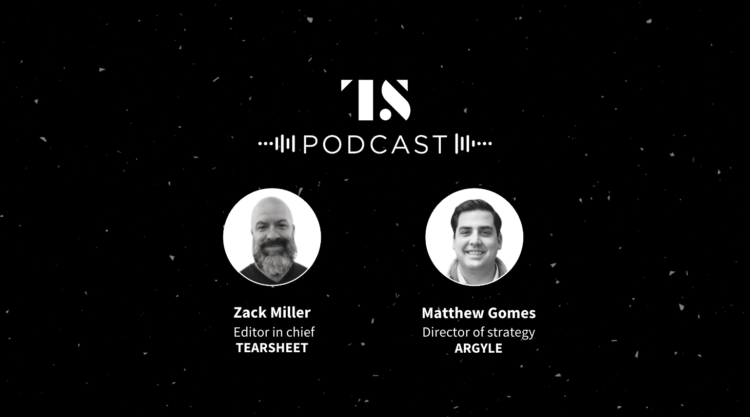Data, Partner, Podcasts
‘Earned wage access is the next evolution in improving day-to-day liquidity’: Argyle’s Matthew Gomes
- Director of strategy at Argyle, Matt Gomes, joins us on the Tearsheet Podcast.
- Listen in to our conversation about how payroll and employment data API platforms enable financial institutions to bring the next generation of financial products to consumers.








